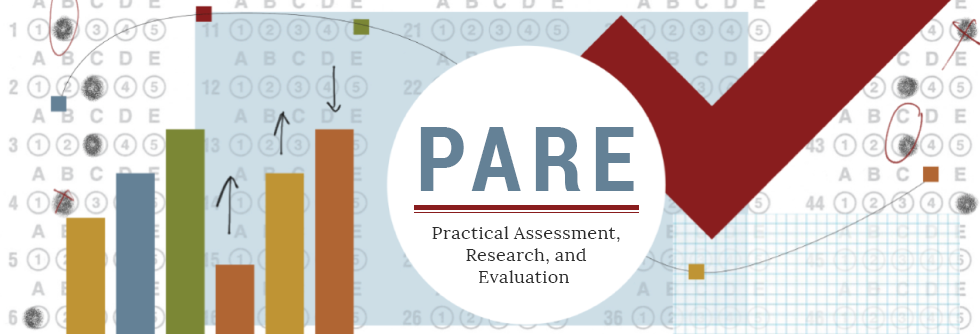Revising an Engineering Design Rubric: A Case Study Illustrating Principles and Practices to Ensure Technical Quality of Rubrics
DOI
https://doi.org/10.7275/vq7m-e490
Abstract
This article provides a detailed account of a rubric revision process to address seven common problems to which rubrics are prone: lack of consistency and parallelism; the presence of "orphan" and "widow" words and phrases; redundancy in descriptors; inconsistency in the focus of qualifiers; limited routes to partial credit; unevenness in incremental levels of performance; and inconsistencies across suites or sets of related rubrics. The author uses examples from both the draft stage precursor and the first revised (pilot) version of the Engineering Design Process Portfolio Scoring Rubric (EDPPSR), to illustrate the application of broadly relevant guidelines that can inform the creation of a new-- or revision of an existing-- rubric to achieve technical quality while preserving content integrity Accessed 6,281 times on https://pareonline.net from August 02, 2014 to December 31, 2019. For downloads from January 1, 2020 forward, please click on the PlumX Metrics link to the right.
Creative Commons License

This work is licensed under a Creative Commons Attribution-NonCommercial-No Derivative Works 4.0 International License.
Recommended Citation
Goldberg, Gail Lynn
(2019)
"Revising an Engineering Design Rubric: A Case Study Illustrating Principles and Practices to Ensure Technical Quality of Rubrics,"
Practical Assessment, Research, and Evaluation: Vol. 19, Article 8.
DOI: https://doi.org/10.7275/vq7m-e490
Available at:
https://scholarworks.umass.edu/pare/vol19/iss1/8
